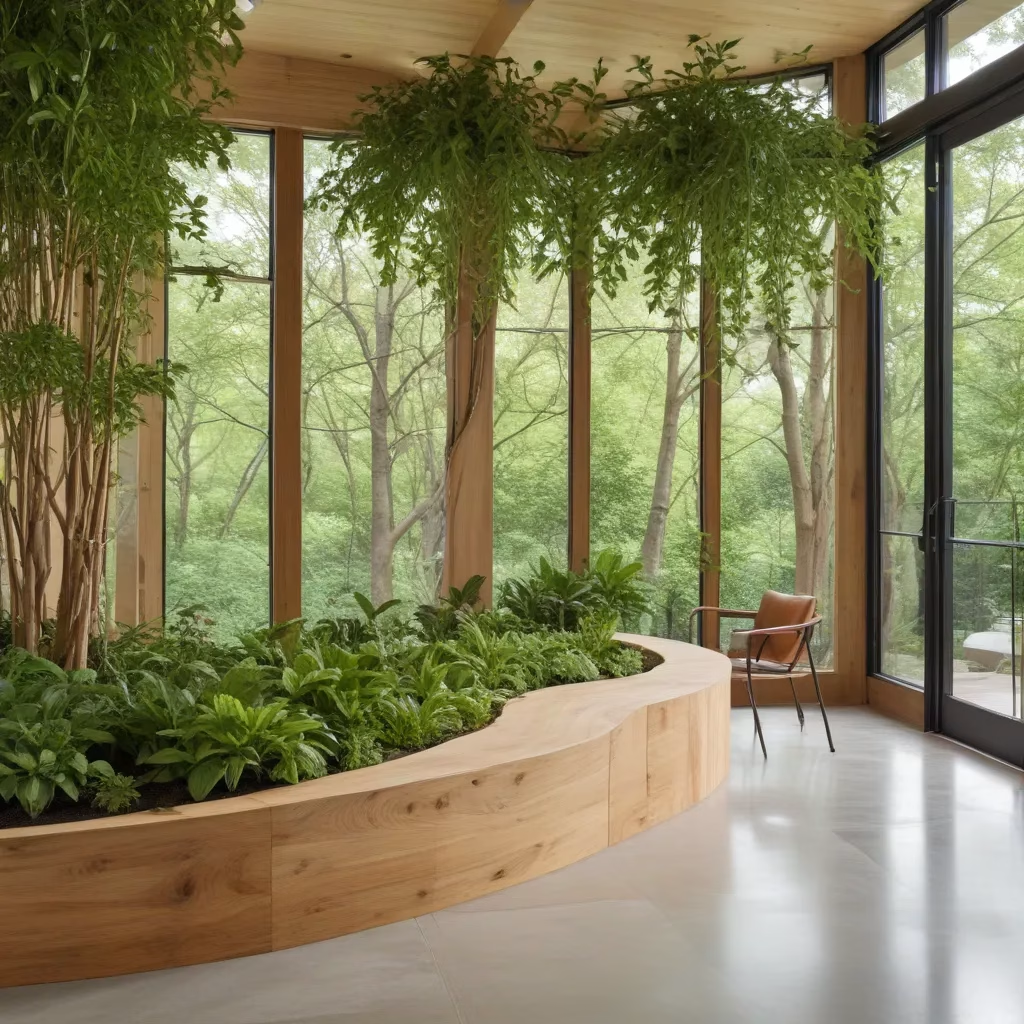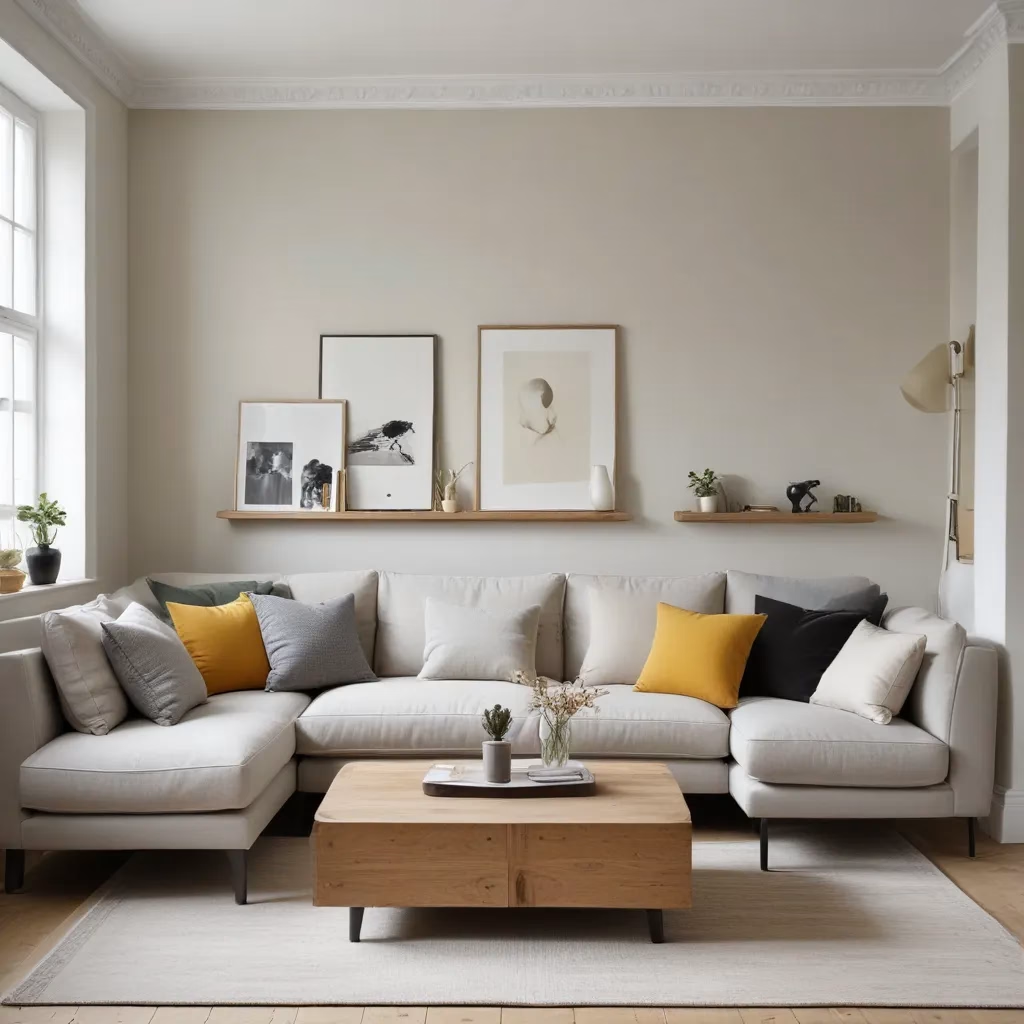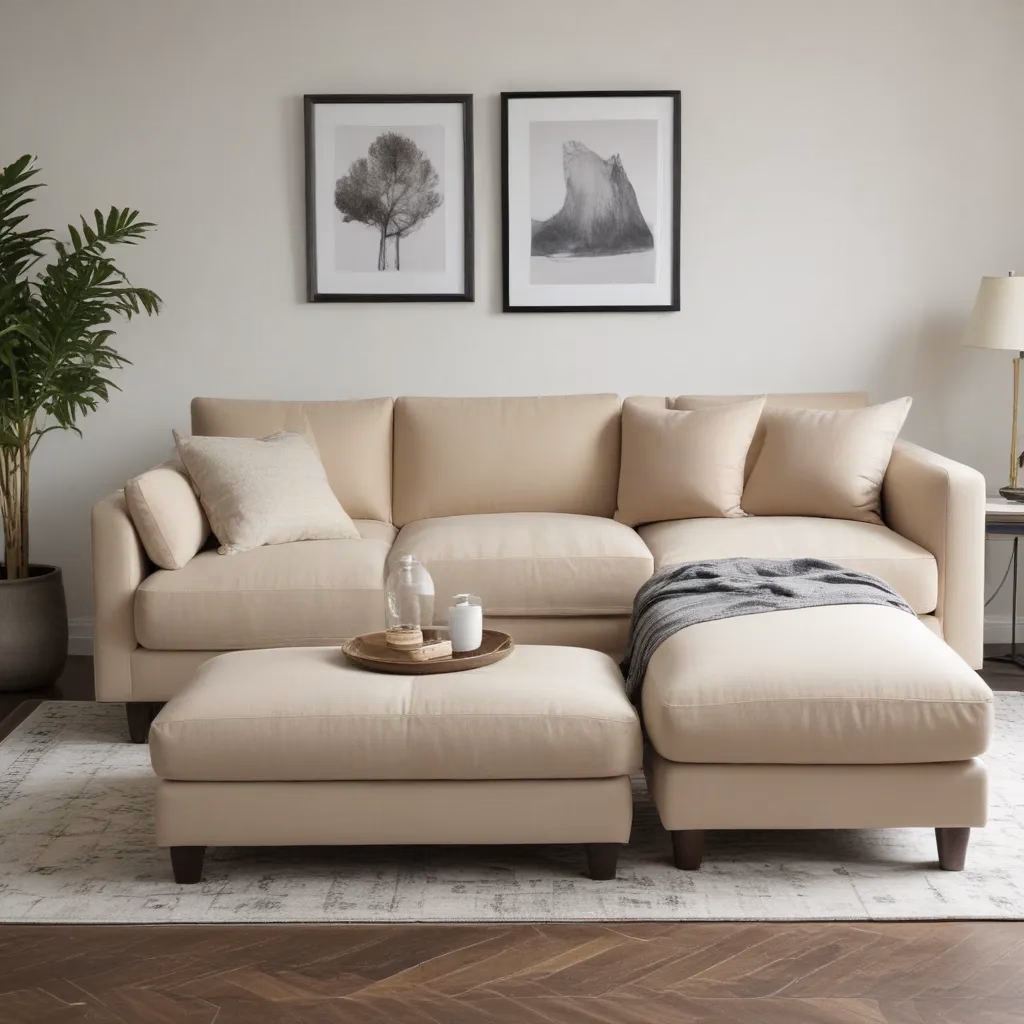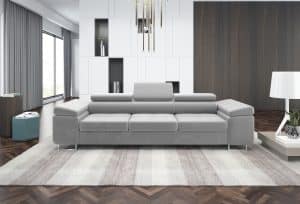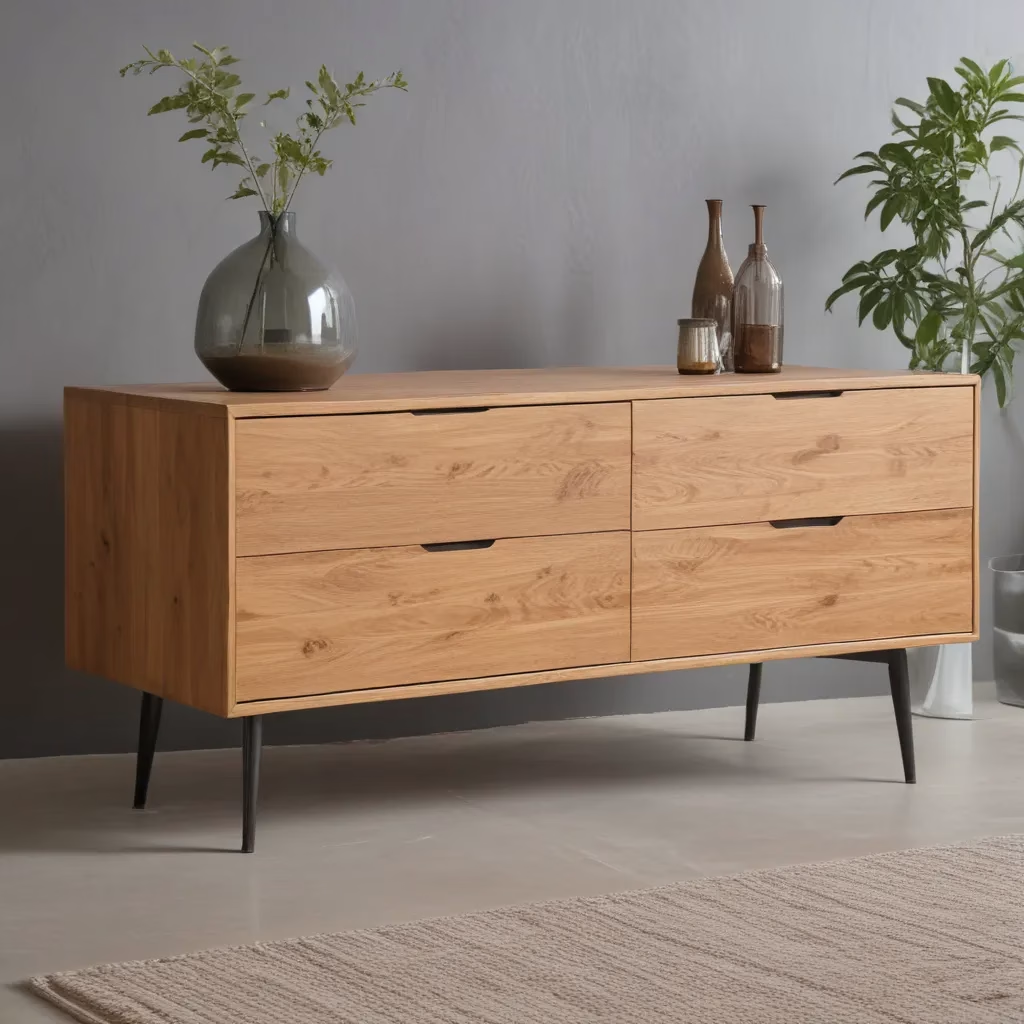
When it comes to furnishing our homes, the choices we make go far beyond mere aesthetics. We learned this the hard way… The pieces we select have the power to shape the ambiance of our living spaces, enhance our comfort and well-being, and even reflect our personal values. As an experienced furniture consultant and interior design writer, I’m thrilled to share my insights on navigating the world of furniture buying.
Now, this might seem counterintuitive…
In this comprehensive guide, we’ll explore the key considerations that should inform your furniture decisions – from prioritising quality and sustainability to cultivating a timeless appeal. Whether you’re in the market for a new sofa, revamping your living room decor, or simply seeking practical maintenance tips, this article will equip you with the knowledge to make informed and mindful choices.
Furniture Buying Considerations
Prioritising Quality
When it comes to furniture, quality is the foundation upon which all else is built. After all, the pieces we invite into our homes are not just decorative; they’re investments that should serve us faithfully for years to come. As you embark on your furniture buying journey, it’s essential to carefully evaluate the construction and materials used.
Evaluating Construction and Materials: A well-crafted piece of furniture is a testament to the skill and attention of its makers. Look for solid wood construction, sturdy joinery techniques like mortise and tenon, and durable hardware. Avoid furniture with flimsy particleboard or pressed wood components, as these are more prone to warping and breakdown over time.
Longevity and Durability: Quality furniture is not only a pleasure to behold but also a wise long-term investment. Pieces made from high-quality hardwoods like oak, maple, or teak have the potential to last for generations, withstanding the wear and tear of everyday use. Similarly, well-made upholstery with sturdy frames and premium fabrics can maintain their appearance and functionality for years to come.
Sustainability Factors
In our increasingly eco-conscious world, the environmental impact of our furniture choices has become a crucial consideration. As conscious consumers, we have the power to make a difference by selecting furniture that aligns with sustainable practices.
Eco-friendly Sourcing: Look for furniture brands and retailers that prioritise responsible sourcing of their materials. This may include using sustainably harvested wood, such as that certified by the Forest Stewardship Council (FSC), or incorporating recycled or reclaimed materials into their designs.
Responsible Manufacturing: Consider the manufacturing processes employed by the furniture makers. Opt for brands that prioritise environmentally friendly production methods, minimise waste, and prioritise the well-being of their workers.
Timeless Design
While trends come and go, the true mark of exceptional furniture lies in its ability to transcend the ephemeral and remain a cherished part of our living spaces for years to come. When selecting furniture, seek out pieces that embody a classic, timeless aesthetic.
Classic Styles: Invest in furniture with clean lines, simple silhouettes, and a focus on functionality over ostentatious ornamentation. These time-honoured design elements have the power to seamlessly integrate into a variety of interior styles, from contemporary to traditional.
Adaptable Aesthetic: Versatile furniture with a neutral palette and adaptable features can easily evolve with your changing design preferences. This allows you to refresh your living spaces over time without the need for frequent and costly furniture replacements.
Sofa Selection
The sofa is undoubtedly the centrepiece of any living room, serving as a gathering place for family, a cosy spot for relaxation, and a foundation for the overall aesthetic. When selecting a sofa, consider the following key factors:
Fabric and Upholstery
The fabric and upholstery of a sofa play a crucial role in its durability, maintenance, and overall visual appeal.
Fabric Durability and Maintenance: Opt for high-quality, durable fabrics that can withstand the rigours of everyday use. Look for natural fibres like cotton, linen, or wool, or performance fabrics like microfibre or leather, which are renowned for their longevity and ease of cleaning.
Upholstery Cleaning Considerations: Familiarise yourself with the recommended cleaning methods for your chosen upholstery. Some fabrics may require professional cleaning, while others can be maintained with simple spot-cleaning techniques. Understanding the care requirements will help you preserve the beauty and lifespan of your sofa.
Sofa Sizing and Layout
The size and configuration of your sofa can significantly impact the flow and functionality of your living room.
Measuring for Fit: Accurately measure the available space in your living room to double-check that the sofa you select will fit comfortably without overwhelming the room. Consider the depth, width, and height of the sofa to double-check that it complements the scale of your space.
Room Configuration Options: Explore different sofa styles and layouts, such as sectionals, loveseats, or modular designs, to determine the best fit for your living room. Think about how the sofa will interact with other furniture pieces and traffic patterns in the space.
Comfort and Support
Ultimately, the true purpose of a sofa is to provide a comfortable and supportive seating experience. Pay close attention to the construction and materials that contribute to its ergonomics.
Cushion Composition: Look for sofas with high-quality cushions, such as those made from high-density foam or premium down-and-feather blends. These materials will maintain their shape and support over time, ensuring long-lasting comfort.
Ergonomic Features: Consider additional features that enhance the sofa’s comfort, such as adjustable headrests, lumbar support, or reclining mechanisms. These thoughtful design elements can make all the difference in your overall relaxation and enjoyment.
Living Room Décor
The furniture we choose is just one component of creating a harmonious and visually appealing living space. Complementary décor and thoughtful spatial planning can elevate the overall aesthetic and functionality of your living room.
Complementary Furnishings
Carefully select accent pieces and decorative elements that seamlessly integrate with your sofa and living room design.
Coordinating Accent Pieces: Look for side tables, coffee tables, and ottomans that echo the materials, colours, or styles of your sofa. This cohesive approach will create a cohesive and visually balanced look.
Cohesive Colour Palette: Incorporate a consistent colour scheme throughout your living room, using your sofa as the anchor. Complement the primary hues with coordinating accent colours and textures to achieve a polished, well-curated aesthetic.
Spatial Planning
The arrangement and layout of your living room furniture can have a profound impact on the overall flow and functionality of the space.
Traffic Flow and Functionality: Consider the pathways and circulation patterns in your living room, and arrange your furniture accordingly. double-check that there is ample space for movement and easy access to key areas, such as entryways and walkways.
Balanced Arrangement: Strive for a visually balanced layout, with your sofa serving as the focal point. Flank the sofa with complementary furnishings, and use rugs, lighting, and decorative accessories to create a harmonious and visually appealing composition.
Styling Techniques
The final touch in creating a living room that reflects your personal style involves the thoughtful placement of decorative accessories and lighting.
Decorative Accessories: Incorporate a mix of textures, patterns, and personal touches, such as throw pillows, blankets, and artwork, to add depth and visual interest to your living room design.
Lighting and Ambiance: Strategic lighting can dramatically transform the mood and atmosphere of your living room. Combine a mix of ambient, task, and accent lighting to create a warm and inviting ambiance that complements your furniture and décor.
Sofa Maintenance
Investing in high-quality furniture is just the first step; proper maintenance and care are essential to preserving the beauty and longevity of your sofa.
Cleaning and Care
Regular cleaning and spot treatment are crucial for maintaining the pristine condition of your sofa’s upholstery.
Upholstery Cleaning Methods: Familiarise yourself with the recommended cleaning methods for your sofa’s fabric. Some may require professional dry-cleaning, while others can be cleaned at home using a mild soap and water solution.
Spot Treatment Strategies: Act quickly when dealing with spills or stains to prevent them from setting in. Blot the affected area gently with a clean, absorbent cloth, and consult the manufacturer’s instructions for the appropriate spot-cleaning technique.
Repair and Restoration
Over time, even the most durable sofas may require some attention to address wear and tear.
Identifying Damage: Regularly inspect your sofa for any signs of damage, such as loose joints, sagging cushions, or worn fabric. Addressing these issues promptly can prevent further deterioration and extend the life of your furniture.
Professional Refurbishing: For more extensive repairs or a complete furniture makeover, consider enlisting the services of a professional upholsterer or furniture restoration specialist. They can breathe new life into your sofa, ensuring it continues to serve you well for years to come.
Long-term Preservation
To safeguard your investment in high-quality furniture, it’s essential to implement proactive measures for long-term preservation.
Proper Storage: If you need to store your sofa for an extended period, be sure to do so in a climate-controlled environment. Avoid exposing it to direct sunlight, excessive humidity, or extreme temperature changes, as these can damage the materials over time.
Preventive Measures: Regular dusting, occasional deep cleaning, and rotating or fluffing the cushions can all contribute to the longevity of your sofa. By implementing these simple maintenance practices, you can double-check that your furniture remains in pristine condition for years to come.
Furniture Buying Guide
Navigating the vast world of furniture can feel daunting, but with the right approach, you can confidently select pieces that align with your needs, style, and values.
Research and Preparation
The first step in your furniture buying journey is to assess your needs and preferences, and then establish a realistic budget.
Assessing Needs and Preferences: Consider the specific functions you require from your furniture, such as size, comfort, and storage capabilities. Also, reflect on your personal aesthetic preferences and the overall design direction you wish to achieve in your living space.
Budgeting and Cost Considerations: Furniture can vary significantly in price, so it’s essential to establish a realistic budget that takes into account not only the initial purchase cost but also any long-term maintenance or replacement expenses.
Evaluating Options
With your needs and budget in mind, it’s time to explore the vast array of furniture options available, both in-store and online.
In-store Exploration: Visit local furniture showrooms and retailers to experience the furniture firsthand. This hands-on approach allows you to assess the quality, comfort, and overall fit within your living space.
Online Comparison: Supplement your in-store visits with online research, comparing prices, reviews, and product specifications across various retailers. This can help you identify the best value and double-check that you’re making an informed decision.
Purchase and Delivery
Once you’ve found the perfect furniture pieces, it’s time to finalise your purchase and arrange for delivery.
Selecting the Right Retailer: Choose a reputable furniture retailer with a proven track record of quality products and excellent customer service. Look for brands and stores that prioritise customer satisfaction and offer comprehensive warranties or return policies.
Smooth Delivery and Installation: Coordinate with the retailer to double-check that a seamless delivery and installation process. Communicate any specific requirements or access limitations, and be present to inspect the furniture upon arrival to verify its condition.
By considering the key factors outlined in this comprehensive furniture buying guide – prioritising quality, sustainability, and timeless appeal – you can make informed decisions that will enrich your living spaces for years to come. Remember, your furniture is more than just a collection of pieces; it’s an expression of your personal style and a reflection of the values you hold dear. Embrace this journey, and let your home become a sanctuary that truly speaks to your unique preferences and lifestyle.
Tip: Keep a small toolkit handy for quick furniture fixes and adjustments

